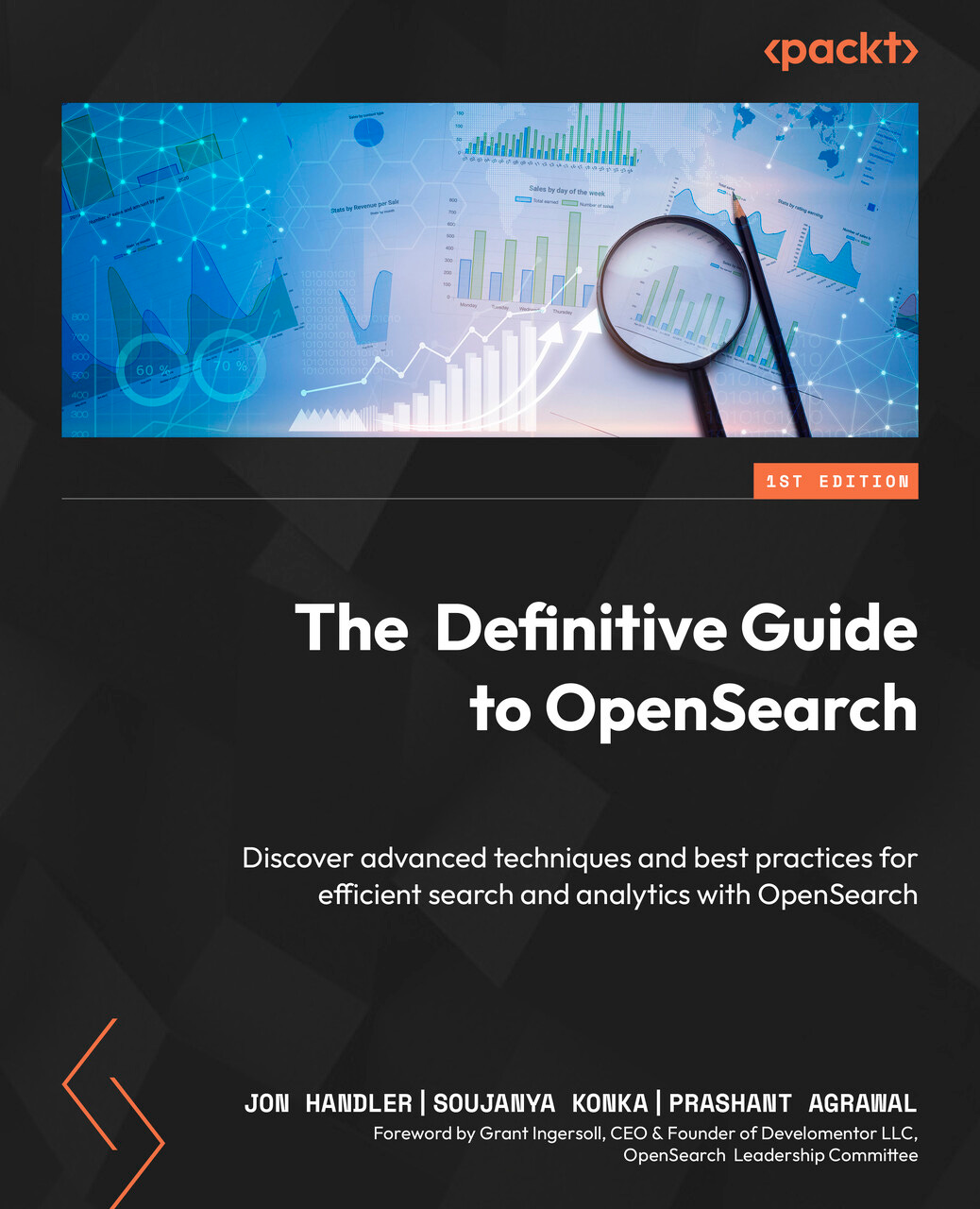OpenSearch in 5 Minutes: A Practical Introduction
An overview of the open search stack
OpenSearch is an open-source search and analytics suite built on Apache Lucene. It helps businesses deliver fast, relevant search and near-real-time observability without vendor lock-in or runaway costs. It’s an open-source tool that allows us to build search-based applications flexibly.
This article will briefly discuss OpenSearch, where it matters, and its practical use cases.
Curious about it? Let’s get into it.
Referral Recommendation
Techpresso gives you a daily rundown of what's happening in tech and what you shouldn't miss. Read by 300,000+ professionals from Google, Apple, OpenAI...
Where OpenSearch came from
OpenSearch started as a community-led fork of Elasticsearch and Kibana after Elastic moved those projects to non-OSI licenses in early 2021.
AWS launched the fork in April 2021, deriving OpenSearch from Elasticsearch 7.10.2 and OpenSearch Dashboards from Kibana 7.10.2 under Apache 2.0. The initial production-ready release, OpenSearch 1.0, became generally available on 12 July 2021.
In September 2024, stewardship transferred to the Linux Foundation by forming the OpenSearch Software Foundation, creating vendor-neutral governance to develop an open ecosystem and expand contributions.
These milestones illustrate the project’s open licensing, community emphasis, and autonomous road map.
Core building blocks
OpenSearch is a suite with six different blocks:
Engine (OpenSearch).
At the heart is the distributed search engine. You store documents in indices, which are divided into shards for scalability and replicated as replicas for high availability. Mappings define field types so queries remain fast and predictable.Ingest.
Before data becomes searchable, it is collected and structured. Data Prepper (along with other ingestion tools) parses logs, traces, and documents, enriches them (e.g., with timestamps and geodata), and sends clean records for near–real–time indexing.Query & analytics.
You can query with the Query DSL for full control, or use SQL/PPL for ad-hoc analysis. Aggregations summarise data such as counts, percentiles, and time-series roll-ups, so one system handles both search and quick analytics.Relevance options.
Use BM25 (lexical) for exact terms, IDs, and filters. Add vectors via k-NN/Neural for semantic matching. Many teams combine them as a hybrid search to balance precision and meaning.Visualization (OpenSearch Dashboards).
Explore indices, create charts and tables, filter by time or fields, and share dashboards with colleagues for quick feedback.Operations & security.
Index State Management, snapshots, and alerting keep clusters healthy. The Security plugin adds TLS, role-based access, and audit logs.
Two Ways How Open-Search Understands Query
There are common ways Open-Search works the search, including:
Lexical (BM25). OpenSearch’s default relevance model breaks text into terms and scores documents based on how well those terms match. It’s fast, predictable, and easy to tune with analyzers (lowercasing, stemming). Use it when users know the words they will search for, such as IDs, product names, log tokens, or when exact phrase/order matters (“reset password email not arriving”).
Semantic (vector) search. Using the k-NN/Neural features, OpenSearch embeds queries and documents into vectors and finds nearest neighbours by meaning, not just matching words. It performs well with paraphrases and intent (“cheap laptop” ≈ “budget notebook”), long natural-language questions, and content with sparse keywords (FAQs, tickets, product descriptions). We will select an embedding model, store vectors alongside your text, and perform approximate nearest-neighbour (ANN) search queries, often with time, language, or category filters.
There is a third option, which is combining both methods:
Hybrid (best of both). In practice, combine them. Retrieve with BM25 and vectors, then merge or re-rank. Hybrid retains BM25’s precision on exact terms while allowing vectors to identify relevant content with different wording. Start with lexical methods, add vectors where recall or phrasing gaps affect results, and evaluate using your own criteria.
Popular use cases
Here are some use cases where OpenSearch is useful:
Product discovery (e-commerce). Power catalog search with facets, filters, synonyms, typo tolerance, and re-ranking.
Observability & security analytics. Ingest logs, metrics, and traces; slice by service, version, region, or host; build time-series dashboards and alerts.
Site/app search & knowledge bases. Index docs, FAQs, tickets, and release notes. Start with BM25 for exact terms; layer vectors for intent.
Ad-hoc analytics on operational data. Use aggregations for counts, percentiles, and cohorts over events (orders, clicks, sessions).
Geospatial & time-series lookup. Filter by geo shapes (store radius, delivery zones) and time windows (last 15 minutes to 30 days).
Conclusion
This is the basic understanding of OpenSearch. OpenSearch provides an open, Lucene-powered platform for fast search and real-time analytics. Start with lexical (BM25) for accuracy, add vectors for intent, and combine them as a hybrid when recall is important. Because it’s modular (engine, Dashboards, ingest, security/ops), you can start small and scale to production while keeping costs and governance in check.
Book Recommendation
To learn more about OpenSearch, The Definitive Guide to OpenSearch by Jon Handler, Soujanya Konkam, and Prashant Agrawal is an essential read for anyone working with search analytics.
This isn’t just how "OpenSearch works". It’s how to use it to build real-world systems that scale.
✨Grab the Book Here
Love this article? Comment and share them with Your Network!




